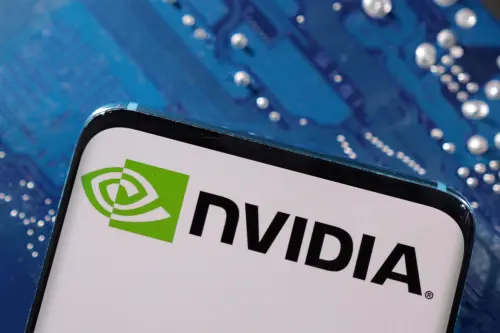Introduction
Nvidia is collaborating with Hewlett Packard Enterprise and the Leibniz Supercomputing Centre to construct a groundbreaking supercomputer, set to serve scientists by early 2027.Context
The project, named the Blue Lion supercomputer, will utilize Nvidia's next-generation "Vera Rubin" chips, as announced during a supercomputing conference in Hamburg, Germany. This partnership aligns with Nvidia's recent announcement that the Lawrence Berkeley National Lab in the U.S. will also adopt these advanced chips next year. Additionally, Nvidia revealed that Jupiter, another supercomputer at the Forschungszentrum Julich in Germany, has achieved the title of Europe’s fastest system, underscoring a concerted effort by European institutions to remain competitive in the realm of supercomputing for scientific research.Developments
Before evolving into an artificial intelligence leader, Nvidia advocated for the adoption of its chips to expedite solutions to complex computational challenges, including climate modeling. These significant problems often demanded extensive calculations that could extend over several months.In its ongoing push for innovation, Nvidia is now encouraging scientists to leverage artificial intelligence. AI systems can take initial precise calculations and use them to generate predictions, which, although not as accurate as comprehensive calculations, offer valuable insights much more rapidly.
On Tuesday, Nvidia introduced its "Climate in a Bottle" AI model. According to Dion Harris, head of data center product marketing at Nvidia, researchers will input initial conditions, such as sea surface temperatures, to forecast weather patterns 10 to 30 years ahead, with detailed predictions for specific locations across the globe. Harris emphasized, "Researchers will use a combined approach of classic physics and AI to resolve turbulent atmospheric flows." This method will allow scientists to explore thousands of scenarios with unprecedented detail.
